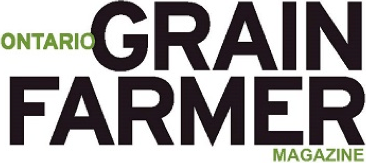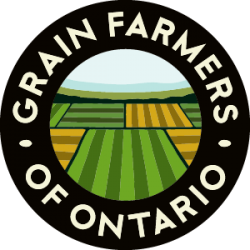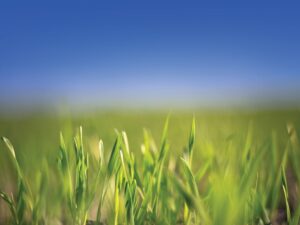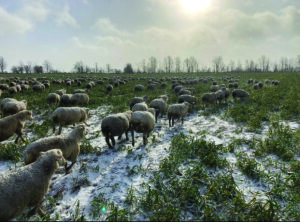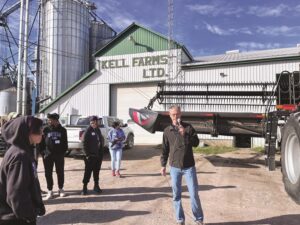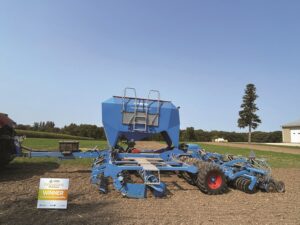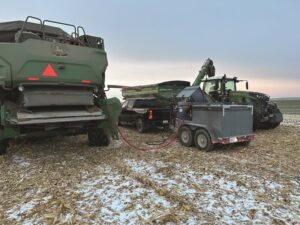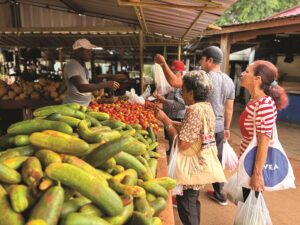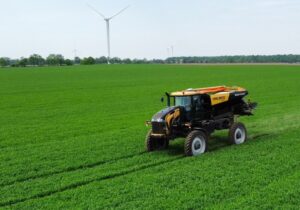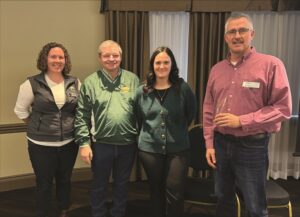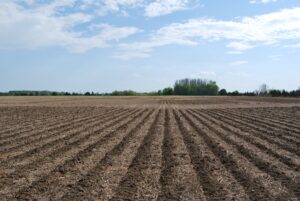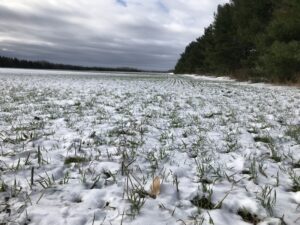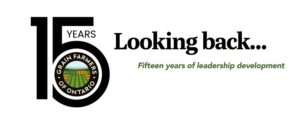Handling treated seed
Tips to keep it out of your grain shipments
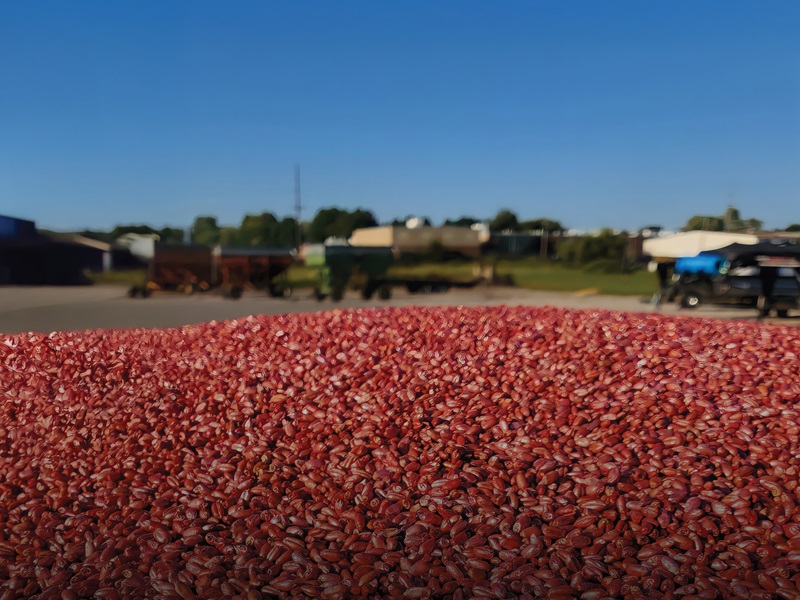
You’ve done all the hard work: made it through the planting season, gone to battle with pests, weeds, and disease, and have harvested your crop. The last thing you want is for that truckload of grain to be rejected at the elevator due to contamination with treated seed.
“Grains or oilseeds contaminated with treated seed or other foreign material put domestic and export grain markets at risk,” says Dana Dickerson, Grain Farmers of Ontario’s director of market development and sustainability. “Farmer-members need to ensure that they have the necessary protocols in place to ensure that treated seed does not end up in grain elevator shipments.”
WHY IT’S IMPORTANT
The Canada Grain Act does not allow anyone to deliver contaminated grain which can cause a serious risk to human and animal health. Grain handling facilities are prohibited from receiving contaminated grain and maintain a strict zero tolerance for treated seed in grain and oilseed deliveries. Health Canada has set maximum residue limits for many chemicals, including those used to treat seed.
POTENTIAL POINTS OF CONTAMINATION
The first step to preventing treated seed contamination is to pinpoint any opportunities for contamination, says Grain Farmers of Ontario senior agronomist, Marty Vermey.
“Taking time to identify the opportunities for contamination can save you a lot of headaches in the long run,” he says.
Some possible contamination points include:
- Seed left in corners or ledges of wagons and trucks.
- Seed trapped in tarps or augers.
- Seed that was aerially broadcast in a standing crop that is then harvested.
- Seed spills in fields that are picked up by a combine during harvest.
- Treatment-coated equipment (augers, wagon, trucks, holding bins) being used and treatment adhering to commodity grain.
- Dumping left over treated seed in with commercial grain.
REDUCING THE RISK
The best way to prevent treated seed contamination is to use separate equipment for handling treated seed and delivery, says Laura Ferrier, Grain Farmers of Ontario’s agronomist. This includes augers.
“Label any equipment used for treated seed, and keep records of what equipment you’ve used,” she says. “And make sure the farm staff know which equipment is to be used and for what purpose.”
Ferrier recognizes that keeping separate equipment for both treated and untreated seed isn’t always possible, so she makes the following recommendations for preventing contamination:
- Flush augers as soon as treated seed handling is complete, with a minimum of 50 kilograms of manufacturer-recommended flush material.
- Thoroughly sweep and/or vacuum all surfaces and accessible crevices.
- Disassemble all areas where seeds could get jammed (racks, tarps, etc.).
- Always wear appropriate personal protective equipment (PPE), such as a dust mask, to reduce exposure. Consult the seed tag or seed treatment product label for PPE requirements.
- Use compressed air to blow out any particles.
- Pressure wash all surfaces and inspect surfaces after washing.
- Clean equipment away from pollinator habitats and water sources.
The CGC further recommends that farmers ensure they clean up and dispose of any spills or leftover seed according to provincial or municipal regulations.
BOTTOM LINE
“Everyone has a role to play in keeping the food and feed supply chain safe,” says Vermey. “It all starts on the farm, and it’s critical that farmers are vigilant and implement procedures that keep treated seed out of grain deliveries.” •
